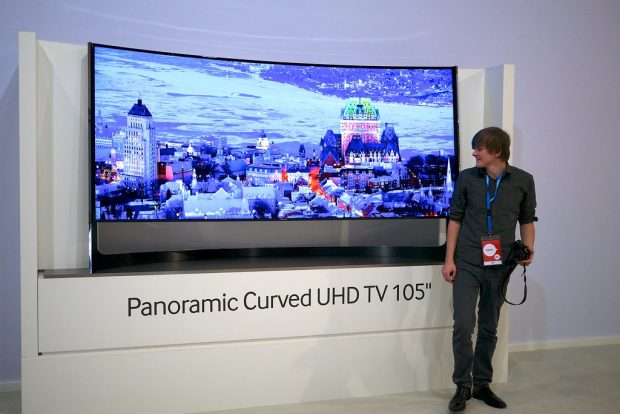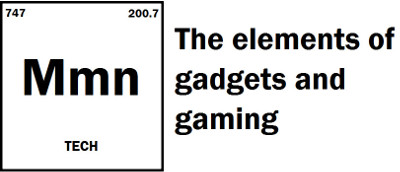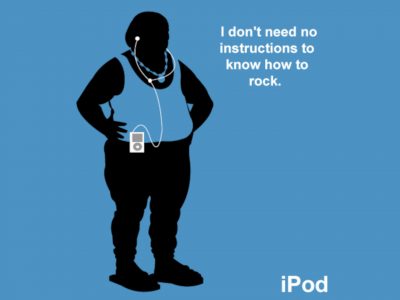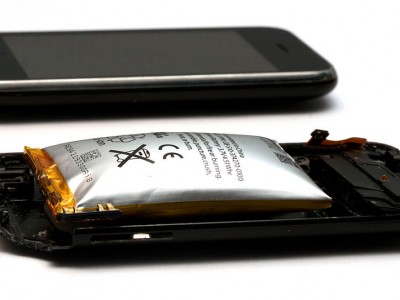

Why is there so little 4K content on regular TV?
4K Ultra-HD televisions have been with us for a little while now. It’s just sort of become the default resolution for most TVs being sold today. Now we’re already moving on to 8K sets. Yet, there’s still relatively little 4K content available for consumers. It’s mostly limited to premium streaming services. Currently, very few conventional broadcasters are airing 4K content. The question is, why?
Well, I can only really speculate. However, for those who don’t know, my day job is an broadcast automation specialist for a small network of TV stations. What I think it boils down to is mainly cost concerns.
The equipment needed to shoot and edit 4K video really isn’t that expensive. In fact, our small network has already integrated full frame 35mm 4K cameras into our workflow for shooting things like news stories and pre-taped events. Though the video is still shot at 1080i/60, which is the broadcast standard here in North America.
The equipment necessary to get it to the consumer is still very expensive though. Hence why the switch to HD back in the late aughts happened at a snail’s pace. It required a complete replacement of studio cameras, switching gear, channel servers, and wiring, not to mention the increased storage requirements for all that high bit rate content. Broadcast equipment, like any other enterprise grade IT product, is one huge racket. Infrastructure tends to measure in the tens or hundreds of thousands of dollars. So many stations are just holding out with their current equipment rather than making the considerable investment needed to convert to 4K.
This is compounded by the fact that more people are cutting the cord. So with fewer people investing their time into broadcast television, there’s less money available to upgrade to new standards.
There’s also the problem that the current ATSC standard, which governs how digital broadcast TV is transmitted over the air in North America, dates back to the 90’s. 4K was still a distant technology and thus was never supported. The upcoming ATSC 3.0 standard does though, but it’s only being rolled out in the United States on a voluntary basis. As such, deployment has been negligible. There doesn’t seem to be any plans to roll out the new standard to any stations outside certain test markets in the US out South Korea either. So those using an antenna will have to be content with 1080i content for the time being.
What about cable though? Well, cable service providers have slowly been moving towards IP based transmission methods. Which means more efficient use of bandwidth, allowing for more higher resolution content. However, they’re still by and large limited to what the TV stations themselves are sending them. They also spend a considerable amount of time and resources supporting legacy standards, for your grandma that refuses to get a new box. So far, only cable sports networks have the deep pockets necessary to make the switch. So that’s mostly what you’re limited to. Plus, cable is also dealing with shrinking revenues due to cord cutting.
Meanwhile, streaming services don’t have this problem. Most of what they offer is not being transmitted live. It’s a file that lives on a hard drive somewhere, that’s decoded by your TV. So it doesn’t require as much specialized equipment to get that content to you. At least, nothing more specialized than anything else on the internet. So they’ve had an easier time rolling out 4K and HDR video services. As internet speeds have improved, it’s also become much easier for consumers to access this type of content as well.
So for now, 4K is mostly going to be limited to streaming. Unless you’re one of the ten people who happens to have a 4K UHD Bluray player.
Feature image by Kārlis Dambrāns via Flickr


